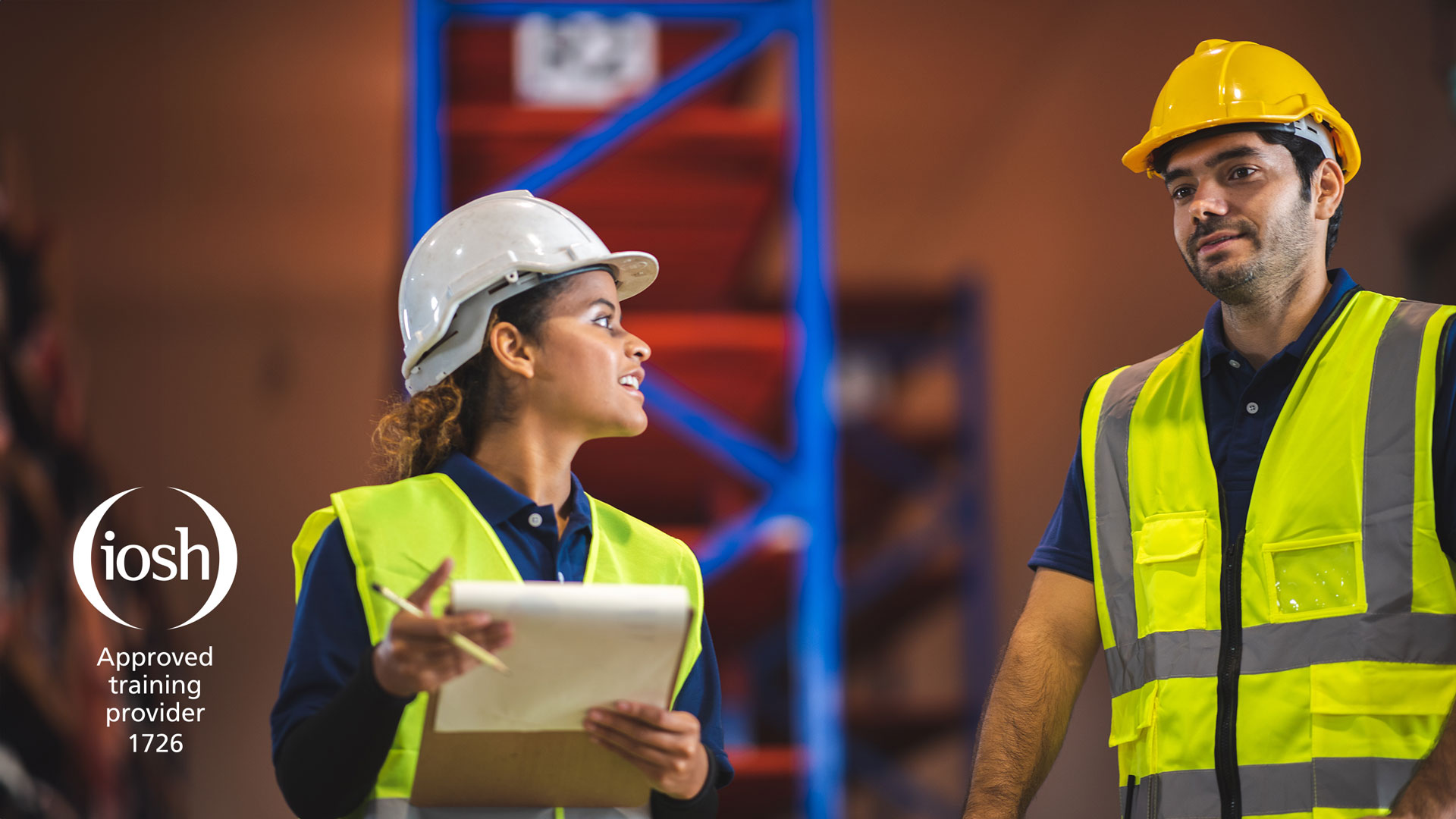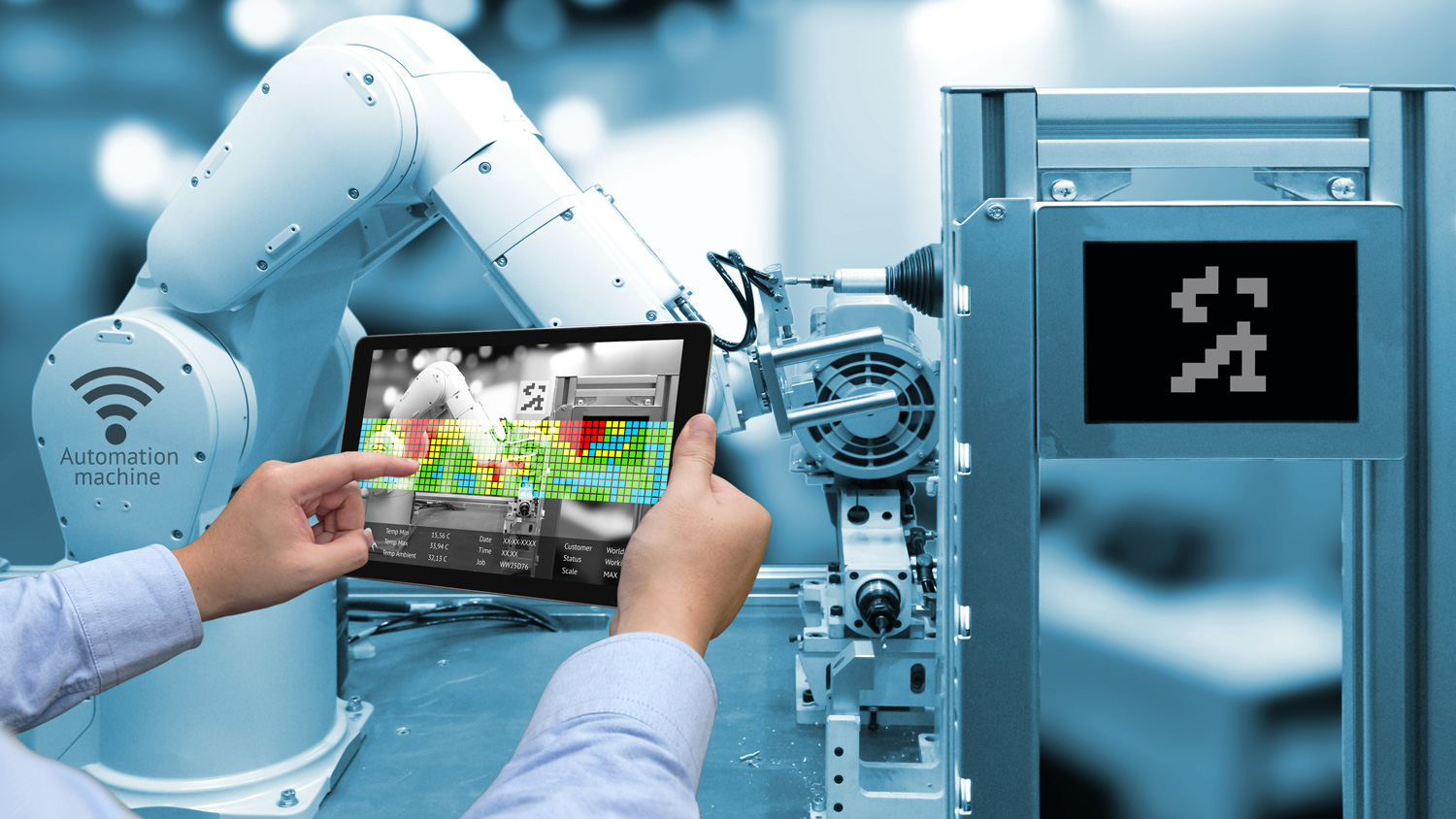Over the next few weeks, as certain restrictions are lifted and some people start to return to work, building managers will be putting in place various measures to reassure inhabitants that their working environments are safe.
Businesses will be keen to return to their workplaces as soon as possible, but their staff will need assurance that it is a safe environment to do so. Defining new protocols, behaviours and procedures for an as-yet unknown workplace will take time and planning.
There are two main aspects of a plan to return to work:
- Preparing the workplace.
- Preparing the workforce.
Here we take a look at the various guidance and support available and its key messages.
Preparing the workplace
Risk assessment
OSH guidance states that, just as under normal working conditions, the identification and assessment of risks in both physical and psychosocial working environments is the starting point for managing occupational safety and health (OSH) under COVID-19 measures.
“Employers are obliged to revise their risk assessment when there is a change to the work process and to consider all risks, including those affecting mental health. When revising the risk assessment, attention should be given to any anomalies or situations that cause problems and to how these can help the organisation become more resilient in the long term. Remember the importance of involving workers and their representatives in the risk assessment revision and call on your risk prevention or occupational health provider if you have one. As input to your assessment, obtain up-to-date information from the public authorities on the prevalence of COVID-19 in your area. Once the risk assessment is updated, the next step is to make an action plan with appropriate measures.”
How the workplace operates
There will be a requirement for some form of social distancing for some time to come.
The BCO guidance states that office occupation (or at least headline occupancies) has become denser over the last ten years or so. Desks have become smaller and more densely packed, so workers sit closer together, which is in conflict with expert advice for social distancing. Desk sharing results in many different workers using the same facilities – desks, seats, monitors, etc. This will require more frequent and intense workplace management.
Among others, Cushman and Wakefield makes the following suggestions on maintaining social distancing and managing potential contamination of the workplace:
- Conduct regular counts of occupants per floor.
- Implement a reservation system for desks so that employees can check attendance before arriving in the workplace.
- Work from home for non-essential employees to reduce the density of personnel.
- Implement a strict clean-desk policy so that non-essential items are not stored on the desk, but rather enclosed in cabinets or drawers.
- Supply disposable daily paper placemats for use at each desk.
- If desks or work areas are shared, advise individuals to sanitise all surfaces upon arrival at that seat.
- Supply disinfectants in the immediate proximity (or on each desk).
- Limit the number of attendees at in-person meetings and limit to spaces that accommodate safe distances.
- Host large team/staff meetings via video conference rather than in-person.
- Eliminate in-person meetings with external guests.
Cleaning/hygiene
If your premises have been closed for a period of time, you should carry out a deep-clean before you reopen. CIPD guidance advises:
“You should review your cleaning arrangements, for example ensuring all phones/keyboards, etc. are wiped daily with anti-viral cleaner.
“All of the existing key protection and hygiene measures will continue to apply to minimise the spread of infection, such as reminding staff about regular and effective handwashing, and providing hand sanitiser.”
Consider these steps advised by Cushman and Wakefield:
- Maintain enhanced cleaning and disinfecting practices.
- Supply disinfectants near or on each desk or work area.
- Enable DIY cleaning through hand sanitizer, disinfectant wipes, and other such products.
- Sanitise all workspace areas prior to opening.
- Consider low-touch or no-touch switches, doors, drawers and other fittings.
Building services such as ventilation are also important as they can affect the spread of viruses. The Federation of European Heating, Ventilation and Air Conditioning Associations says:
“Increase air supply and exhaust ventilation. In buildings with mechanical ventilation systems extended operation times are recommended. Change the clock times of system timers to start ventilation a couple of hours earlier and switch off later than usual. The general advice is to supply as much outside air as reasonably possible. The key aspect is the amount of fresh air supplied per person. If, due to smart working utilisation, the number of employees is reduced, do not concentrate the remaining employees in smaller areas but maintain or enlarge the spacing among them in order to foster the ventilation cleaning effect.
“The general recommendation is to stay away from crowded and poorly ventilated spaces. In buildings without mechanical ventilation systems it is recommended to actively use operable windows (much more than normally, even when this causes some thermal discomfort). Window airing then is the only way to boost air exchange rates.”
Building use – common areas
Cushman and Wakefield has provided extensive guidance on promoting safety and introducing precautionary measures in common areas such as entrances/exits, reception areas, lobbies, lifts, staircases, etc. Here are just a few of their recommendations:
Building entry/reception
- Reduce the number of entrances.
- Have hand sanitiser at doorways both inside and outside.
- Floor markings for safe distancing for any queues or waiting areas.
- Train reception personnel on safe interactions with guests.
- Provide glass screens between guests and reception personnel.
- Remove reception furniture to reduce public touchpoints.
- Provide PPE to building guests.
Lobbies/common areas
- Provide hand sanitiser in stairs, elevator lobbies and all other building common areas.
- Install wayfinding signage or floor markings to direct foot traffic and ensure safe social distancing.
- Rearrange furniture to promote social distancing.
- Clearly signpost queuing areas.
- Monitor and review existing cleaning guidelines and adjust or enhance as needed for cleaning paths of travel and high touch areas.
Elevators
Elevators represent a particularly challenging area to establish social distancing. Methods for managing the use of elevators might include the following:
- Distancing queue management for waiting passengers.
- Instructional signage displaying healthy elevator use protocols.
- Elevator attendants to manage flow and discourage over-crowding of elevator carriages.
- Signage inside elevator cars displaying healthy elevator use protocols.
- Review of elevator cleaning processes, and updates to ensure ongoing cleaning of high touch surfaces like elevator panels/buttons.
Preparing the workforce
While workplace design, policies and safety protocols are critical, they do not touch on the readiness of the workforce physically, emotionally and psychologically. Developing a plan to mitigate employee fears and concerns should be a top priority. People have anxieties about their jobs, the future of their organisations and even the future of their industries.
Ensuring employees understand what the workplace will be like upon return is critical.
According to OSH guidance, in preparation for employees returning to work you should:
- Pay special attention to workers who are at high risk and be prepared to protect the most vulnerable.
- Consider putting in place support for workers who may be suffering from anxiety or stress.
- Workers who are returning to the workplace after a period of isolation are likely to have worries, particularly about the risk of infection. These worries – especially if there have been changes to the job – may well result in stress and poor mental health. Provide workers with information on publicly available sources of support and advice.
- Workers might be worried about an increased chance of infection at the workplace and may not want to return. It is important to understand their concerns, provide information about the measures taken and the support available to them.
The CIPD adds:
“It will be vital to have a re-orientation or re-induction process for returning staff. Encourage and support every manager to have one-to-one return meetings with every employee, where a key focus is on health, safety and wellbeing. Managers need to have a sensitive and open discussion with every individual and discuss any adjustments and/or ongoing support they may need to facilitate an effective return to the workplace. This is especially important for those who have been furloughed, and should cover topics such as changes in company services or procedures, how specific customer queries or issues are being addressed, or changes in supply arrangements, as well as any changes to their work duties or tasks. It could be that some staff require a phased return to their full role, or want to discuss a new working arrangement, especially if their domestic situation has changed because of the pandemic.”
New policies and procedures
When bringing employees back into the workplace, policies will be important in setting the expectation for employees, Cushman Wakefield advises. Many organisations have allowed flexibility into some of their policies, especially those related to time off, remote working and flexible work schedules, it says:
“Upon setting the new organisational framework coming back into the workplace, organisations should consider what policies need to change or be reinstated. From the employee’s perspective, if policies have been adjusted for an extended period of time – for example, work from home – this may be viewed as the new norm. Organisations should revisit relevant policies and determine the right approach during the transition back to the physical workplace. Communicating the importance of company policies, including any recent updates, and how they map back to the organisation’s vision will be critical in establishing a climate of employee awareness and compliance.”
Legal considerations
Some staff will have been furloughed during the pandemic and these staff, even if they have agreed to an immediate recall, should be given a reasonable period of notice to return, says the CIPD.
“This is particularly important given that many people will have additional childcare or other responsibilities, which they may need to make arrangements to manage. You’ll need to ensure that your payroll staff or provider are aware that furlough has ended for these staff and they should return to full pay (taking into account the national minimum and living wage rates increases from April for any staff employed on those rates).”
Sources of information
International property consultancy Knight Frank has created a roadmap designed to support employers in the return to work.
www.knightfrank.co.uk/blog/2020/04/20/covid19-office-reoccupancy-roadmap
The British Council for Offices (BCO) has published a paper outlining how the workplace may change as a result of COVID-19, and how Britain can safely return to work in the coming weeks and months.
www.bco.org.uk/News/News44734.aspx
OSH has produced non-binding guidelines aiming to help employers and workers to stay safe and healthy in a working environment that has changed significantly because of the COVID-19 pandemic.
https://oshwiki.eu/wiki/COVID-19:_Back_to_the_workplace_-_Adapting_workplaces_and_protecting_workers
CIPD has produced a short guide covering the following areas:
- Managing returning to the workplace
- Dealing with redundancies and related issues once the furlough scheme ends
- Managing holidays, sickness and other absences.
Cushman Wakefield has produced an in-depth guide entitled Recovery Readiness: A how-to guide for reopening your workplace
Federation of European Heating, Ventilation and Air Conditioning Associations experts drafted a guidance document on how to operate and use building services in areas with a coronavirus outbreak to prevent the spread of COVID-19.
www.rehva.eu/activities/covid-19-guidance
TUC: Preparing for the return to work outside the home: a trade union approach
www.tuc.org.uk/research-analysis/reports/preparing-return-work-outside-home-trade-union-approach
HSE: Social distancing, keeping businesses open and in-work activities during the coronavirus outbreak
You may also be interested in
RELATED CONTENT
RELATED COURSES

The Risk Assessment and Method Statement (RAMS) course examines the HSE’s recognised five-step approach to risk assessment.

The Fire risk assessment course is designed for individuals responsible for managing fire safety in a workplace or building.

Introduction to health and safety gives learners a basic introduction to managing safety in their workplace.

The world’s best-known health and safety certificate, designed for managers and supervisors in any sector or organisation.

Risk assessments are often the first thing to be reviewed in the event of an accident. Claire Deacon PhD, Health and Safety Trainer with International...

The use of machines in the workplace is nothing new. But, whereas robots were initially built to carry out simple tasks, nowadays artificial intellige...

Successive Governments concealed fire safety risks to buildings, resulting in one of the major scandals of our time, the Grenfell Tower fire inquiry h...

A new TUC survey of over 3,000 union health and safety representatives has revealed that no progress has been made in reducing physical risks for work...